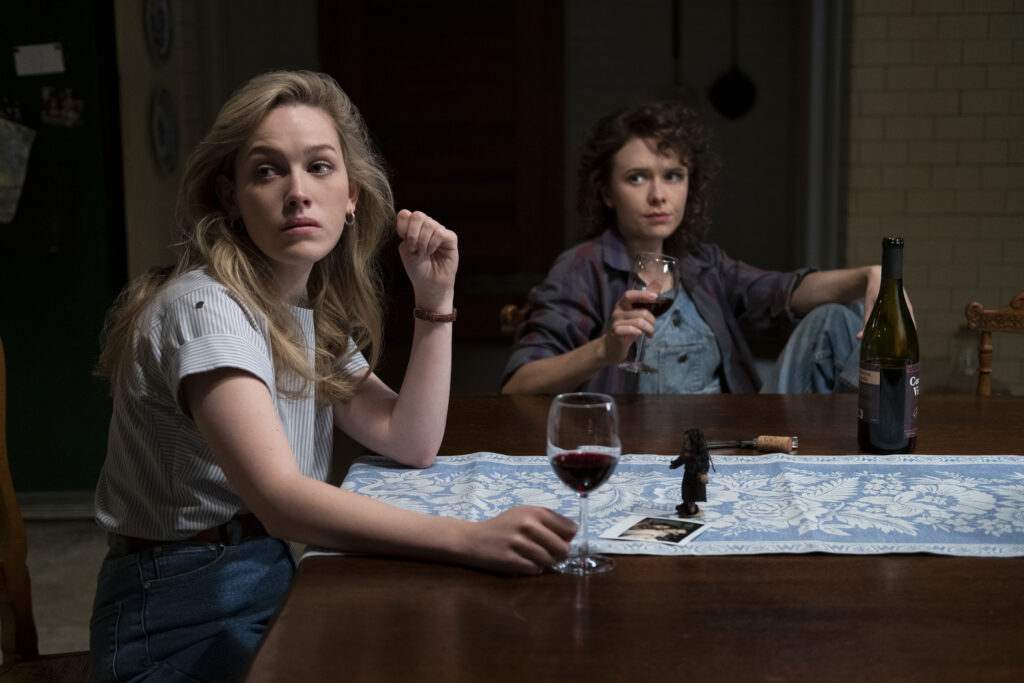Why ‘The Haunting of Bly Manor’ is the best queer horror series streaming
The Haunting Of Bly Manor was one of the top-rated Netflix shows this fall and we delve into why the show has us in its thrall.
Somewhere between the impossible happiness of Happiest Season and the sad reality of the Hallmark Channel pulling ads to appease American Family Association, is The Haunting of Bly Manor. While horror season may have passed, Bly Manor stands as a realistic fantasy that reimagines the past so we can have a better present and future. The sprawling estate in the English countryside is perfect for a long weekend binge under a blanket on the couch.
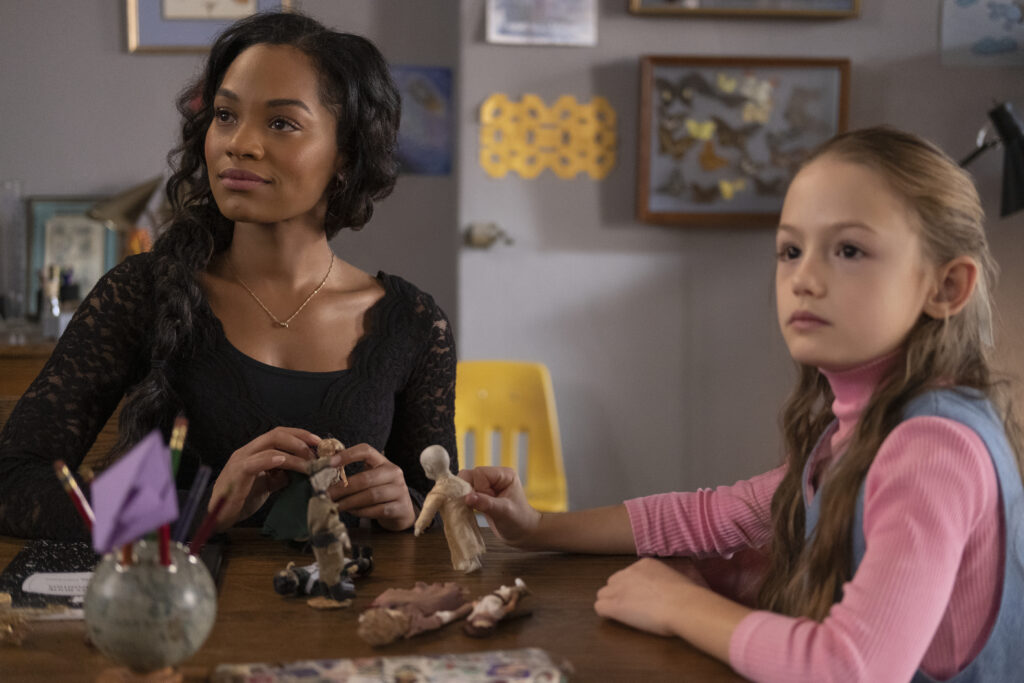
If you haven’t seen it, put it in your Netflix queue now; otherwise, be warned — vague spoilers ahead. After au pair Rebecca’s tragic death (Tahirah Sharif), Henry Wingrave (Henry Thomas) hires a young American nanny (Victoria Pedretti) to care for his orphaned niece and nephew (Amelie Bea Smith, Benjamin Evan Ainsworth) who reside at Bly Manor with the estate’s chef Owen (Rahul Kohli), groundskeeper Jamie (Amelia Eve) and housekeeper, Mrs. Grose (T’Nia Miller). But all is not as it seems at the manor, and centuries of dark secrets of love and loss are waiting to be unearthed in this chilling gothic romance. At Bly Manor, dead doesn’t mean gone.
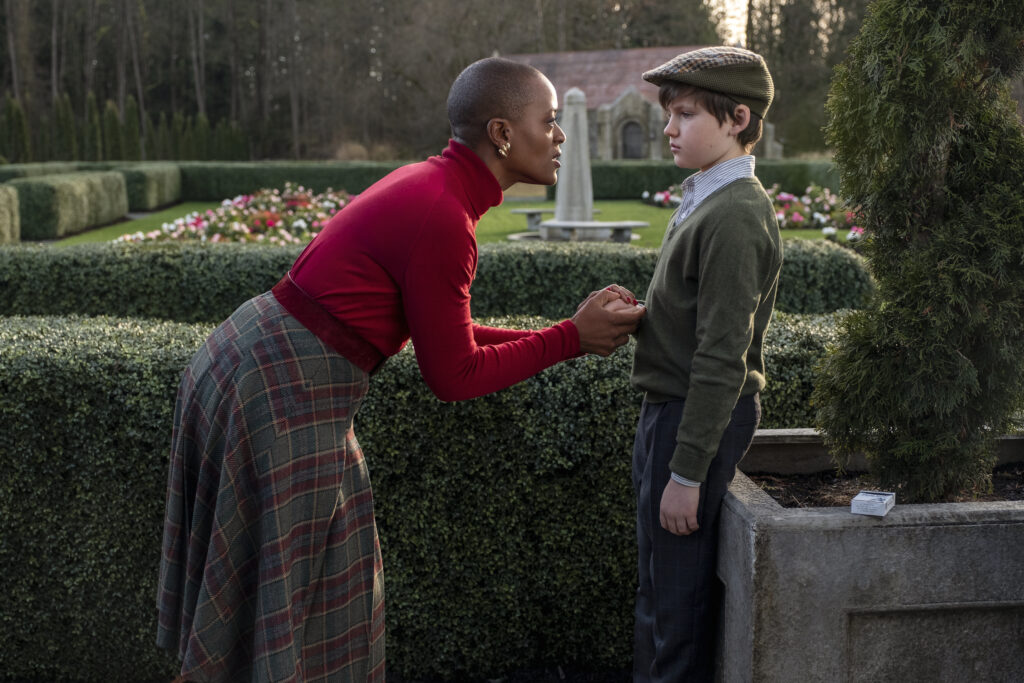
Netflix’s adaptation of The Turn of the Screw re-titled The Haunting of Bly Manor takes on the task of creating a queer, international, color-blind utopia of terror in the countryside of 1980s England. While the show lacks the depth and nuance of of its predecessor, The Haunting of Hill House, whose lesbian character I found more complex and compelling, it does manage to avoid the “bury your gays” trope that plagues many works and present a comfortable ending. Of course an argument rages online about the believability of the series’ representation, as it does make some “alterations” to the standard presentation of the gay ’80s. But in a show about ghosts, believability isn’t exactly what I’m looking for, especially when the changes are wonderful.
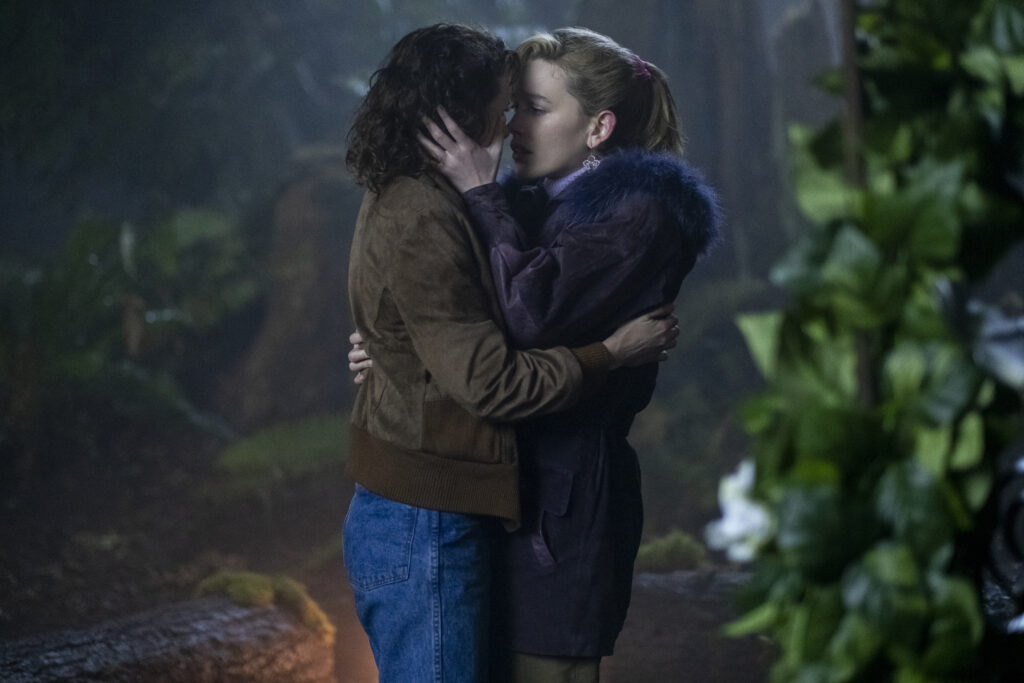
First, the show dismisses the AIDS narrative of the ’80s entirely. While I think it is important to remember that aspect of queer history, HIV/AIDS narratives and metaphors dominated the queer storyscape for a decade or more. In Bly Manor, other stories can shine, and so the series centers the romance of two young women in unusual circumstances.

Second, the show turns towards the lesbian characters without sexualizing them through the (straight) male gaze of girl-on-girl fetishization. In fact, the entire work is a frame narrative: a story told in the present about the past by a woman. Thus, with a woman narrator and a woman protagonist, Bly Manor constitutes a reclaiming of queer women’s stories in a time when they were eclipsed by (mainly) queer men’s deaths.
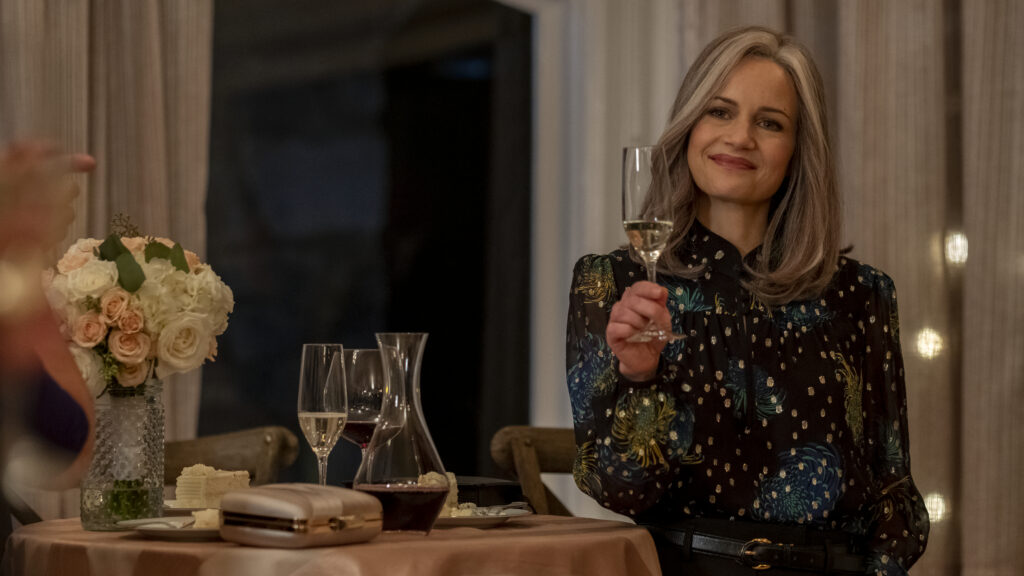
Third, while the ending may be viewed as overly tidy in its delivery, it is amazingly complex in its message. I tend to resist the “we are just like you” pleas made in many older gay films, but the way in which Bly Manor handles long-term relationships and coming out is humanistic rather than reductive; and while the coming out plot line is incredibly protracted, it pays off with the women’s coming together story, and the hope of the final ghosts coming in.
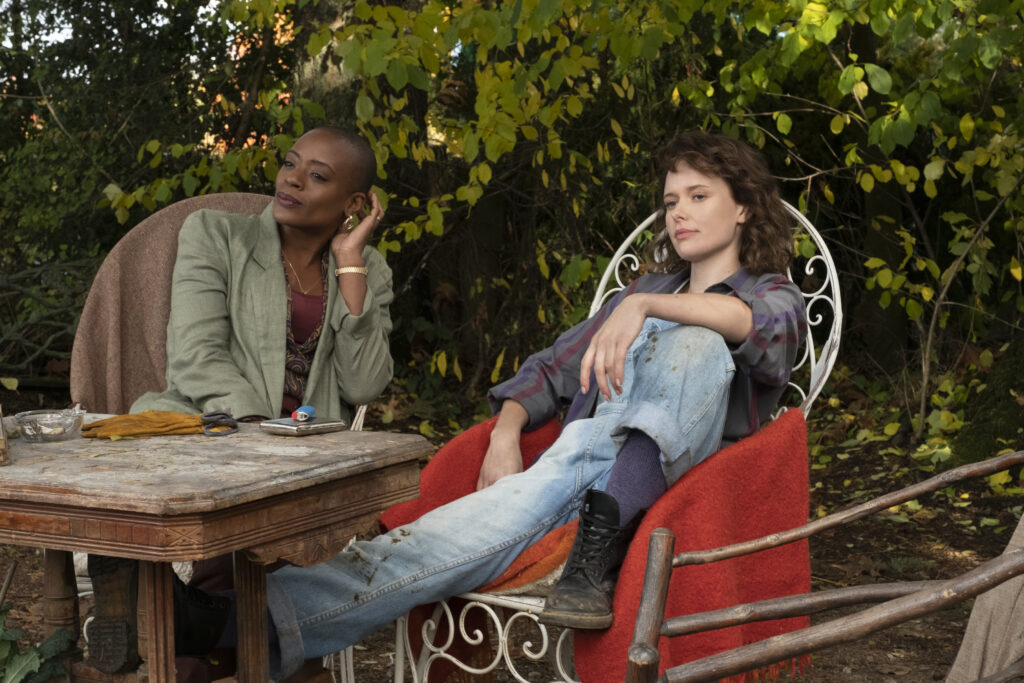
Fourth, and lastly, is a reversal of metronormativity: the countryside rather than the city becomes the safest space for queer folk: better the ghosts of the pastoral than the rejection of the urban. Yet, the story still presents coming out as a reason to run, which for 1987 may be appropriate, even if it is now an unpopular opinion.
Bly Manor pairs well with a fire, a bottle of wine, and a couch companion. Consider the ghosts in the mansion those of A Christmas Carol: the ghosts of queer Christmas past, present, and future.
Watch the trailer here.

